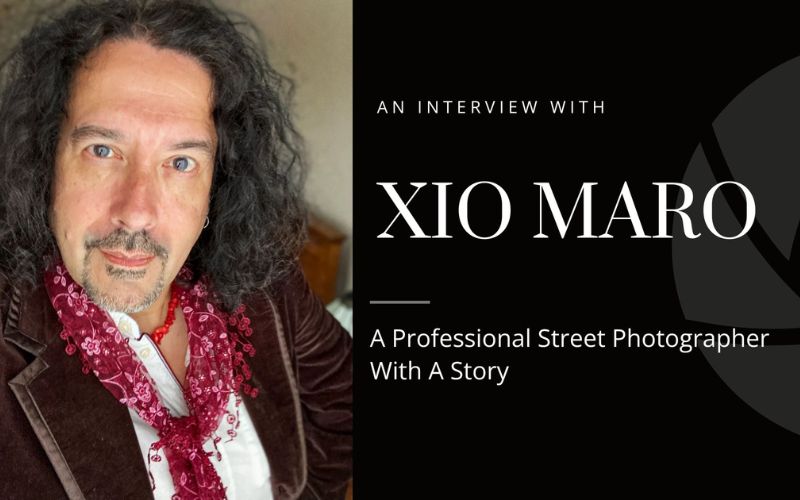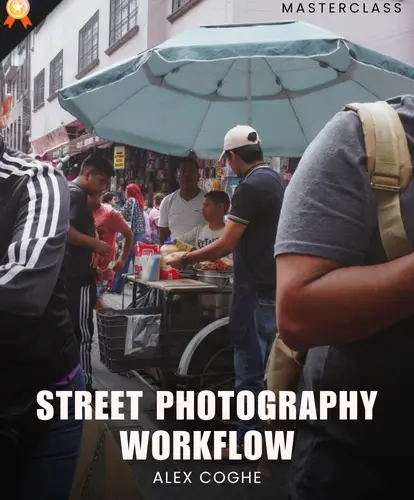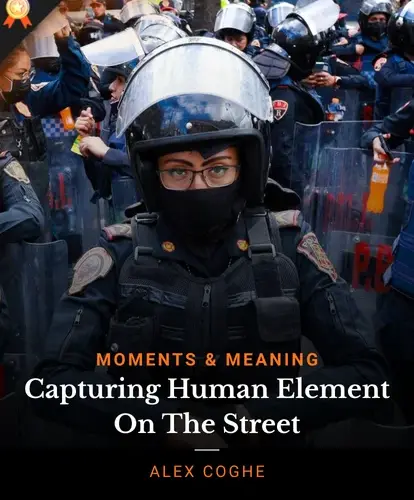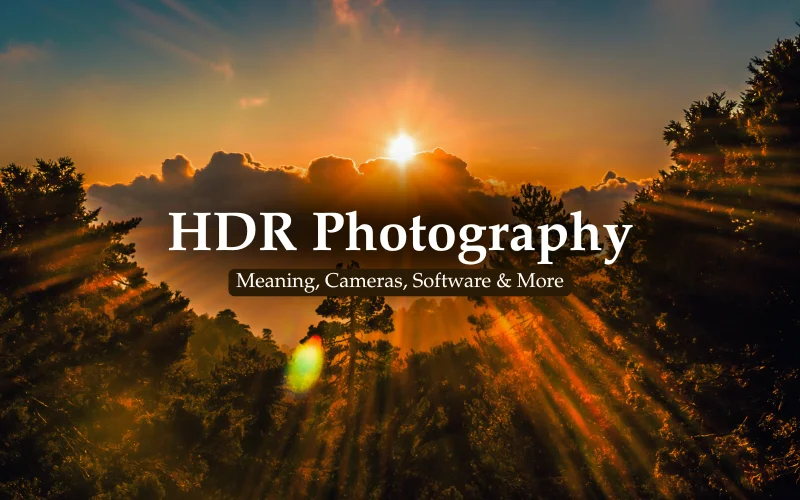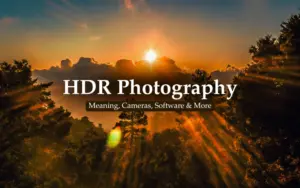Xio Maro is a professional street photographer and artist known for capturing both the beauty of nature and the energy of city life. His work has been shown in galleries around the world and featured by major media outlets like The New York Times and PBS.
In this interview, he talks about his journey from law to photography, how his camera helps him tell powerful stories, and why he calls his street work “future history.”
Beginnings And Inspiration
Q.1 What first inspired you to pick up a camera?
Ans. I started thinking seriously about photography in the 1990s when I was an entertainment attorney managing a pop artist named Lisa Lisa. And, I wanted to candidly document what was happening behind the scenes and all the interesting people we dealt with.
I managed to get some shots with my father’s Canon AV-1, a 35mm film camera. However, it was challenging to photograph while focusing on the responsibilities of my job.
In 2004, I purchased a Canon PowerShot A95. It was one of the early digital cameras, which I used to document shows I performed with my own band.
That year, I was diagnosed with cancer. After recovering in 2005, I began photographing artistically in the National Parks as a calming way to reflect on what I had gone through and what I might want to do with my second chance at life.
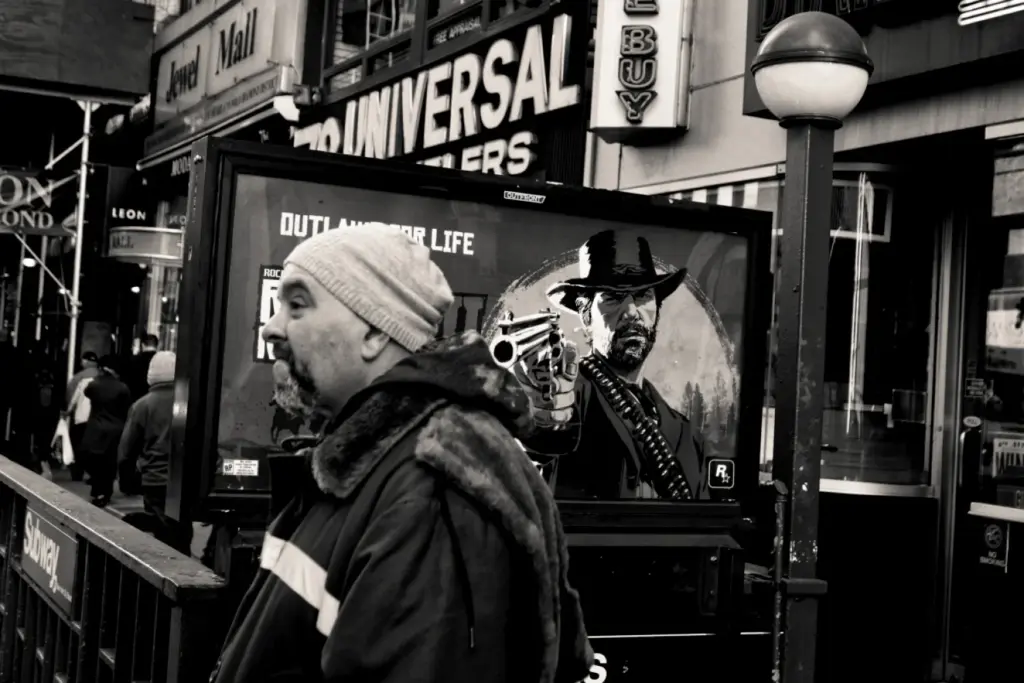
Q.2 How did you go from law and music to a professional street photographer?
Ans. Eventually, I outgrew both the Canon PowerShot and my interest in being a lawyer. I upgraded to a Nikon D200 in 2007. I floundered for several years learning how to use it while figuring out a path to pursue photography professionally. Fortunately, in 2011, I was accepted as the Artist-in-Residence at Weir Farm National Historical Park in Connecticut, which served as the launch pad for my career.
Since then, it’s been a nonstop series of National Park Service commissions, exhibitions, books, talks, workshops, and media exposure. It was difficult because, although I had closed my law practice and artist-management operation, I still had to take a job at a law firm. That employer demanded very long hours. It wasn’t until 2021 that I finally left the law entirely. I now put my full attention on art.
The Art Of Street Photography
Q.3 Your street photography captures raw, candid moments that feel timeless. What makes an ordinary scene on the street “extraordinary” to you?
Ans. It’s the convergence of elements that creates a fleeting composition that will never be repeated the exact same way.
Expressions and gestures combine with other things, like color combinations and activities in the background, that interact with or comment on the scene in unexpected ways. I like how these elements play out in a way that elevates the average person as artistically as a celebrity portrait.
Q.4 What story are you usually trying to tell through your photos?
Ans. When shooting, I’m mostly capturing whatever I encounter that catches my interest. It happens quickly and instinctively. So, to use a photography term, I’m not “previsualizing” very much. But afterwards, and especially over time, themes start to emerge.
This was apparent when I started working on my current book, Street Photography of New York City: Street Haunting in the Big Apple. After reviewing hundreds of seemingly random images, I saw the collection falling into categories. There were photographs that clearly centered on the diversity of personalities, styles of dress, and the different ways—some unusual—that people make a living. Those became Chapter 1.
Chapter 2 documents the political and cultural unrest of recent years. Chapter 3 provides a respite with images showing the hidden beauty of small architectural details and special moments of street life that get missed. The stories expressed in the collection of 160 photographs are interrelated, but they draw attention to different aspects.
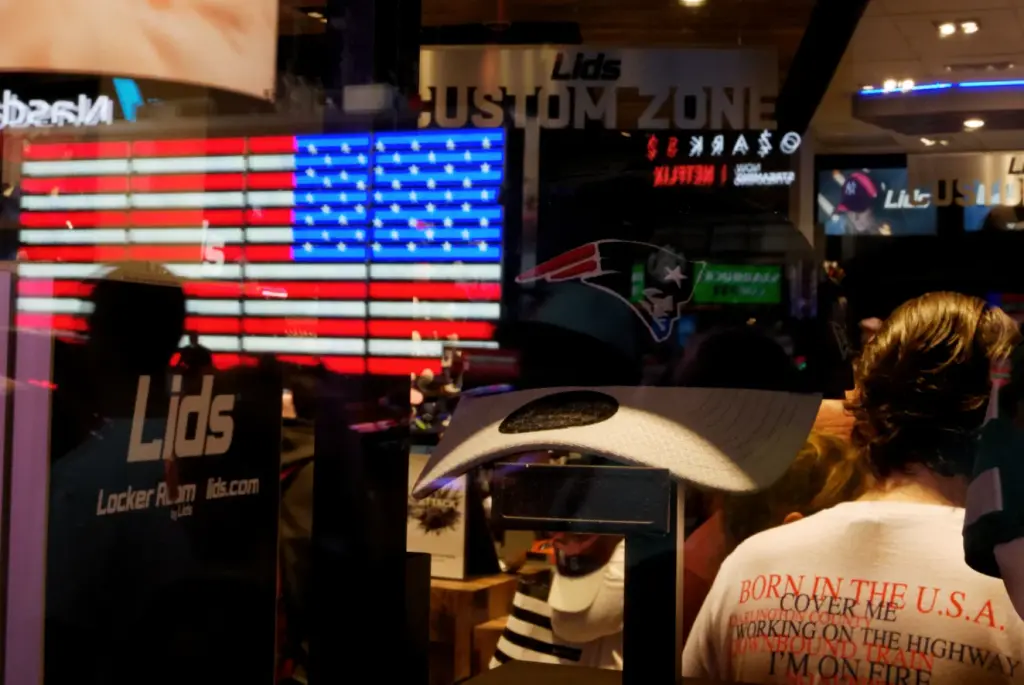
Q.5 What do you love most about shooting on the streets?
Ans. When I was active as a musician, I felt a rush when playing a relatively new song in front of a live audience and having to improvise within the key and structure of the composition. The experience of shooting on the street is similar.
All the senses are in a heightened state of engagement, trying to anticipate when to take the next shot within the structure of the neighborhood and the action taking place. As with musical improvisation, you’re making it up as you go along, but it’s not complete chaos because you’re drawing upon prior experience.
You might want to check out: Masterclass: Capture Stunning Street Portraits Of Strangers
Q.6 What makes a good street photo, in your opinion?
Ans. It’s a photograph that draws me in so that the more I look at it, the more I discover. Images with layers of meaning really intrigue me. It’s more about the moment, even if the image is not tack-sharp or has other technical imperfections.
I tend to approach it like Rock ’n’ roll. The genre is full of distortion, which shapes the emotion and sound of many of my favorite artists. That distortion began as an imperfection when early guitarists pushed their amps to the limit to match the volume of big bands.
Sometimes it even broke the speaker cones, creating that raw sound. So I don’t mind if a photo turns out blurry, grainy, or crooked — as long as it’s full of ideas, energy, emotion, or interesting subjects.

Favorite Places And Projects
Q.7 Can you share one of your favorite places you’ve photographed — and why it stands out?
Ans. There’s always something interesting going on in Times Square. It’s New York City’s crossroads where local residents, tri-state workers, and international tourists collide. Against all this are the bright lights from the giant digital billboards projecting a tumble of images. It creates a kaleidoscopic set for a photography shoot. It’s exhilarating.
Q.8 You’ve published several books. How do you choose which images and stories to include?
Ans. I’m grateful that my publisher gives me the time and freedom to propose different topics. It takes time to create a sufficient body of work before I can see the relationships between images that reveal the stories my mind was subconsciously drawn to. But once I have a sufficient collection, I write a book proposal with a very general title and idea along with some photographs that I think represent what the book will become.
Once the proposal is accepted, I delve deeper—reviewing all my images to see how they might be grouped into chapters. Next, I organize the photographs to tell a visual story in the same way I would sequence them for a museum exhibition.
That process enables me to see where there are holes that need to be filled or where a weak photograph might need to be replaced with something stronger. There is a lot of shuffling, and sometimes I find I need to go out and do more shooting. As this takes shape, ideas emerge for the introduction, chapter essays, and captions. So it begins with the photographs; the writing follows.

Q.9 What do you hope readers take away from your books?
Ans. For contemporary readers, I would love it if it encourages them to slow down and re-see their own city, town, or neighborhood in a new way. In my current book, I talk about how some will seek inspiration by travelling to new places.
Of course, there is nothing wrong with that, and it’s something I do myself. But there is beauty and interest to be found by observing familiar surroundings in a fresh way, especially for creative people like photographers.
For future readers, say 10 years or more from now, I think it will give them a visceral insight into what life was like in the past. Over time, the images go beyond the artistry of the photographs and take on more historical significance.
Philosophy And Approach Of A Professional Street Photographer
Q.10 What does being a “residentographer” mean to you?
Ans. “Residentographer” is a word I coined to describe my approach. It’s about spending a significant amount of time in a defined area, drawing inspiration from it, and artistically documenting it through photography. It could be about the lives of its inhabitants, the area’s evolution, or its environment.
It’s different from, say, a tourist or visitor who blows into a place, takes snapshots, and then leaves. It’s also different from a resident who is so familiar with a place that they are blind to its hidden beauty and nuances.
So it’s really about immersing oneself in a location to gain a better understanding of its spirit and characteristics. I’ve often likened it to an actor who exhaustively learns about a character and inhabits that role for an unforgettable portrayal. For me, this process is how themes emerge from a jumble of images to form a book or exhibition.
You might also like: Street Photography Guide to Light, Focus, and Approach
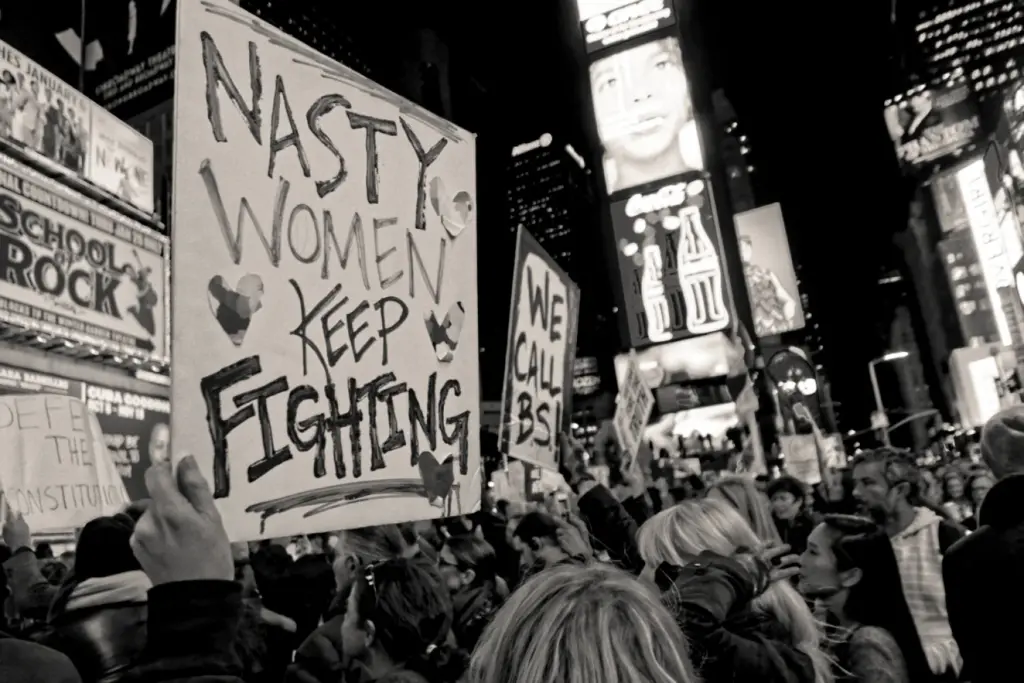
Q.11 What advice would you give to other professional street photographer who want to capture meaningful stories?
Ans. I read a quote from Ansel Adams that sums up my own philosophy: he said, in effect, that being a good photographer results from the accumulation of one’s experiences and influences. It’s much more than having an expensive camera or developing the technical skill to operate it.
It’s reading books, listening to music, going to museums, engaging in deep thought and conversation. In my case, I find that tapping into my interior life informs my exterior expression, resulting in a personal aesthetic.
Life Beyond The Lens
Q.12 What do you like to do other than photography?
Ans. I still love music. I enjoy the process of composing and arranging a song, then singing, playing, and recording all the instruments, followed by scripting and producing a music video.
But for the past 14 years, I’ve been on an intensely busy trajectory with photography, so I have little time to spend on music. If I’m lucky, I get to finish one song per year.
I would also love to return to painting, which I think influences my photography the most. But I dare not go near my brushes for fear of getting sucked into another artistic medium I really don’t have the time for!
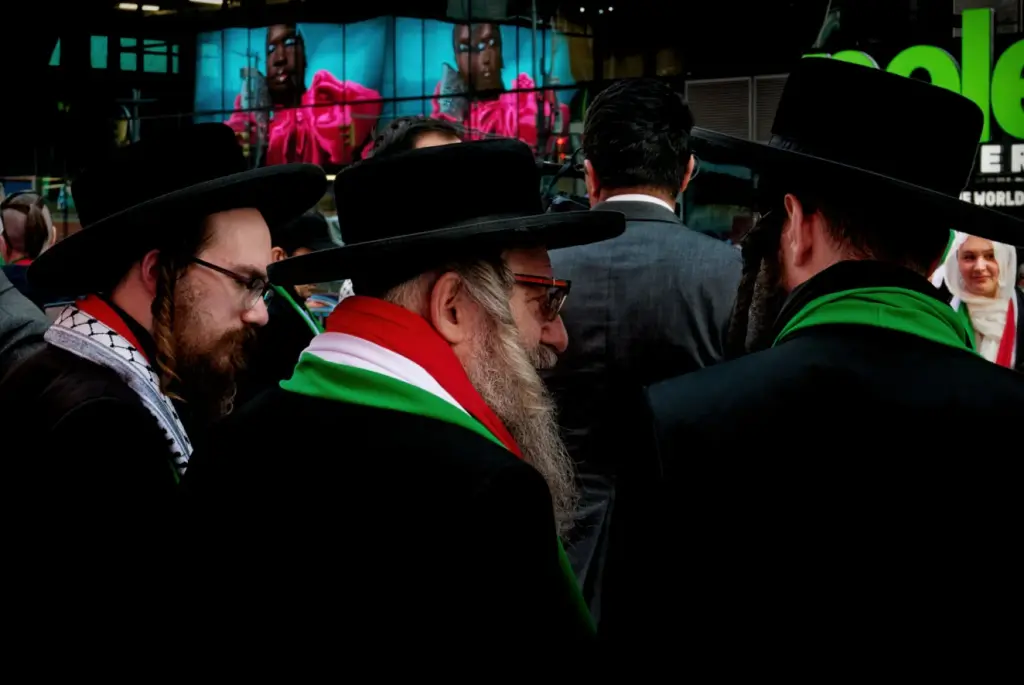
Q.13 What are your plans for the next 6 months as a professional street photographer?
Ans. My next book, Street Photography of the Wildwoods: The Other Side of Nostalgia, will be out on March 31, 2026. It’s about a New Jersey resort and its colorful explosion of unabashed patriotism, tattooed hipsters, flamboyantly feathered mummers, dazzling custom vehicles, and provocative political T-shirts—all of which is in stark contrast to its quaint 1950s trappings.
I’ll also be working on Street Photography of New York City: More Street Haunting—Drama, Dreams, and Delirium, which will be out in 2027. It’s a sequel to my current book, but with images that are much more surreal and abstract.
As far as my National Park work goes, several of my photographs will be part of a 2026 exhibition at the Long Island Museum, called The Seat of Action, to mark the nation’s 250th anniversary.
The images document the home of William Floyd, a signer of the Declaration of Independence. And—unless federal budget cuts and government shutdowns continue—I’ll be resuming a National Park Service commission to photograph George Washington Birthplace National Monument in Virginia.
Closing Notes
The journey of Xio Maro, a professional street photographer, demonstrates how art can emerge from life experiences, curiosity, and a profound connection to the world around us.
His work reminds us to slow down, observe, and find meaning in both grand landscapes and everyday streets. Through his lens, we see that every moment has a story worth telling.
To check out more of Xio Maro’s work: Website
